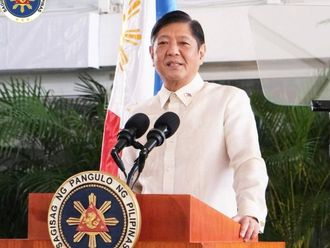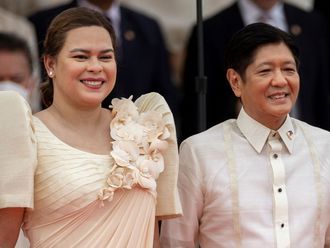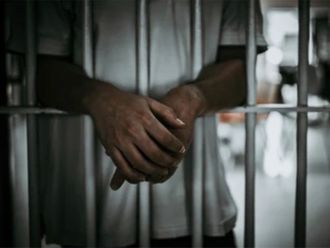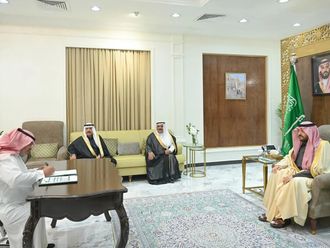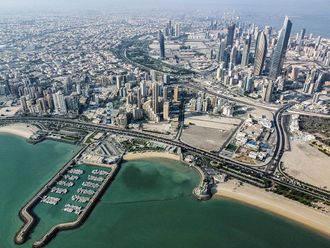Manila: The Philippines is aiming to provide access to electricity to nine out of 10 households, including those in the far-flung areas, by 2017.
According to Energy Secretary Zenaida Monsada, the government is fast-tracking the implementation of all projects and activities related to household electrification to attain the Philippine Development Plan’s target of providing electricity to nine out of every ten households by end of 2017.
Currently, millions of Filipinos are still without electricity and most of those without access are in the far-flung areas, where poverty is more severe.
According to the World Bank, the electrification rate in the country stands at 87.5 per cent or nearly nine out of ten households out of every 100 have access to electricity.
“By the end of the first quarter of 2016, we expect the completion of the Sitio (sub-village) Electrification Programme as per President Benigno Aquino III’s commitment,” Monsada said.
Data by the government think tank the Philippine Institute for Development Studies state that in 2013, 16 million Filipinos did not have access to electricity.
That year, the country had an overall electrification rate of 83 per cent with urban electrification rate at 94 per cent and rural, at 73 per cent.
Among the ten member countries of the Association of Southeast Asian Nations (Asean), only Singapore and Brunei Darussalam have a 100 per cent electrification rate.
Indonesia, the most populous country in Southeast Asia with 249.9 million inhabitants (based on 2013 World Bank figures), has 63 million of its population without electricity access.
Access to electricity is tied with other development goals such as education and health and overall standard of living metrics.
An archipelagic country, a significant portion of the Philippines’ population are located in island areas far from the electric grid.
According to Monsada, the government Household Unified and Strategic Electrification (House) Team spearheaded by the Department of Energy convened recently to discuss the various commitments and implementation issues concerning the government’s Total Electrification Programme for grid and off-grid areas around the country.
“Currently, the energy department is laying the foundation and strategies for the Total Electrification Programme, which will centre on enhancing existing distribution systems and electricity services, intensifying household electrification activities, expanding services to new areas, defining off-grid electrification programme, and using renewable energy technologies, such as solar home systems for off-grid electrification,” she said.
Solar technologies have been in use in the country for several years now in off grid, remote areas.
But studies say there remain challenges with this particular approach, among which is maintenance, particularly when funding runs out.
Often, projects running on solar energy in remote areas fall into disrepair once finances for upkeep are exhausted.



